AIMS Hall
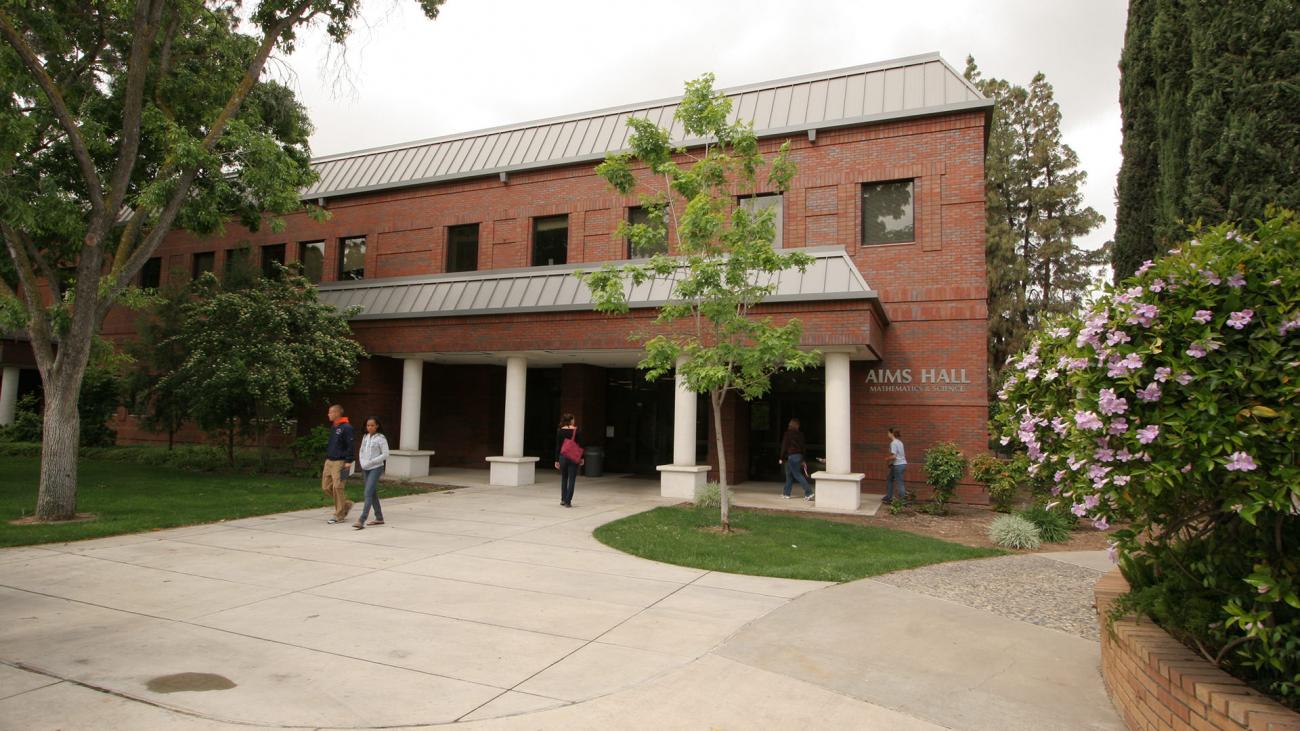
This building is home to the university's science and math programs and was completed in 2002. Funding for the building was provided by the AIMS Education Foundation, after which it is named. AIMS (which stands for "Activities Integrating Math and Science") was created in 1981 as an outgrowth of the FPU mathematics and science programs, and was incorporated as an independent entity in 1986.
Research and text by Kevin Enns-Rempel, University Archivist, 2010
Alumni Hall
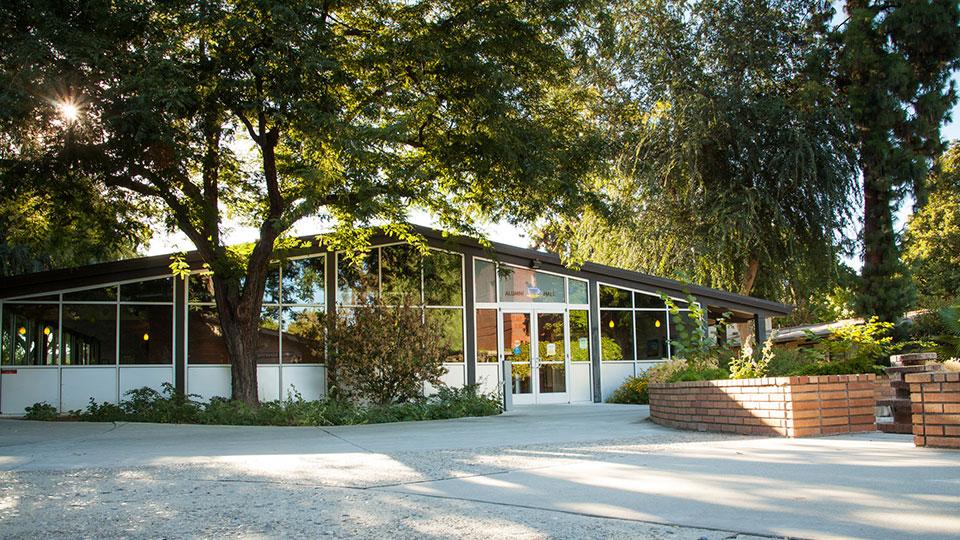
Completed in 1964, Alumni Hall was named in honor of Pacific College alumni, who provided the major share of its funding. Over the years it has served many purposes--cafeteria, auditorium, theater, concert hall and student center.
Remodeled in 2005, Alumni Hall today includes the Pacific Bookshop, mail center, coffee shop, convenience store and a student center lounge. The coffee shop, known as "Charlotte's Coffee Corner," is named for Charlotte Steinert. She and her husband Max gave the first gift for that portion of the Alumni Hall remodeling project. The student center is named for Cecil and Janet Hill, in honor of their roles as co-chairs of the building fund-raising campaign.
Research and text by Kevin Enns-Rempel, University Archivist, 2010
Bartsch Hall
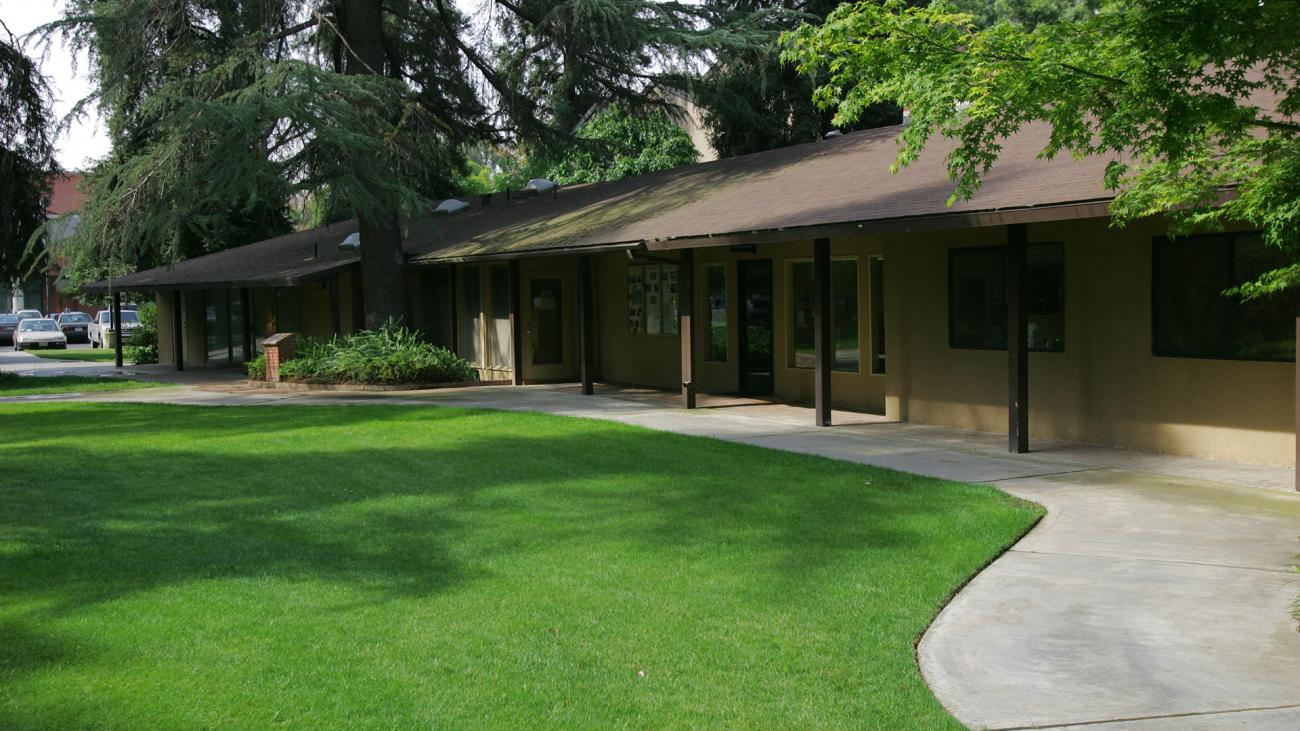
For many years this building was a private residence, commonly known as the "Jones House" and later the "Haas House." In 1986 the university purchased it for use of the Teacher Education and Graduate Education programs.
Initially known as "West Hall," it was renamed in 1990 for Silas Bartsch, a long-time professor of education and former director of the professional development program. Bartsch also served as interim president of the university during 1982-1983.
Research and text by Kevin Enns-Rempel, University Archivist, 2010
Casa Pacifica
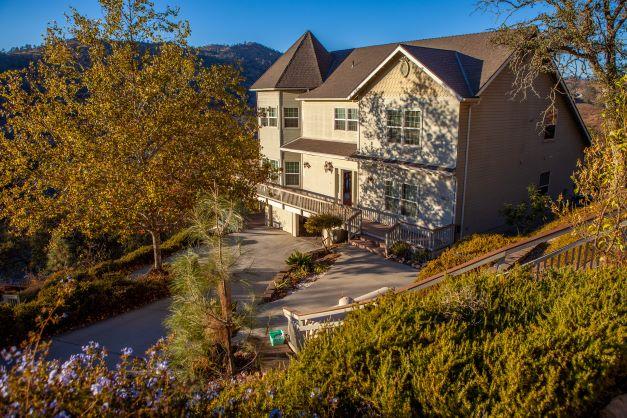
Fresno Pacific University has owned two houses with the name “Casa Pacifica.” The first, located near Shaver Lake, California, was completed in 1984. It was constructed with materials salvaged from a much older cabin originally located in Wilsonia, a small village near Grant Grove. The old cabin was purchased by a few faculty members in 1976 and rebuilt with volunteer labor at the Shaver Lake location between 1978 and 1984. For over 35 years the original Casa Pacifica hosted countless groups of students, staff, and friends of the university. Sadly, this beloved cabin was completely destroyed in the Creek Fire during September 2020.
Rebuilding on the existing site was too expensive and no other appropriate properties could be found in the Shaver Lake area. The university was able, however, to purchase a three-story house along Sky Harbour Road overlooking Millerton Lake in 2022. The new Casa Pacifica was dedicated on February 11, 2023.
Hiebert Library
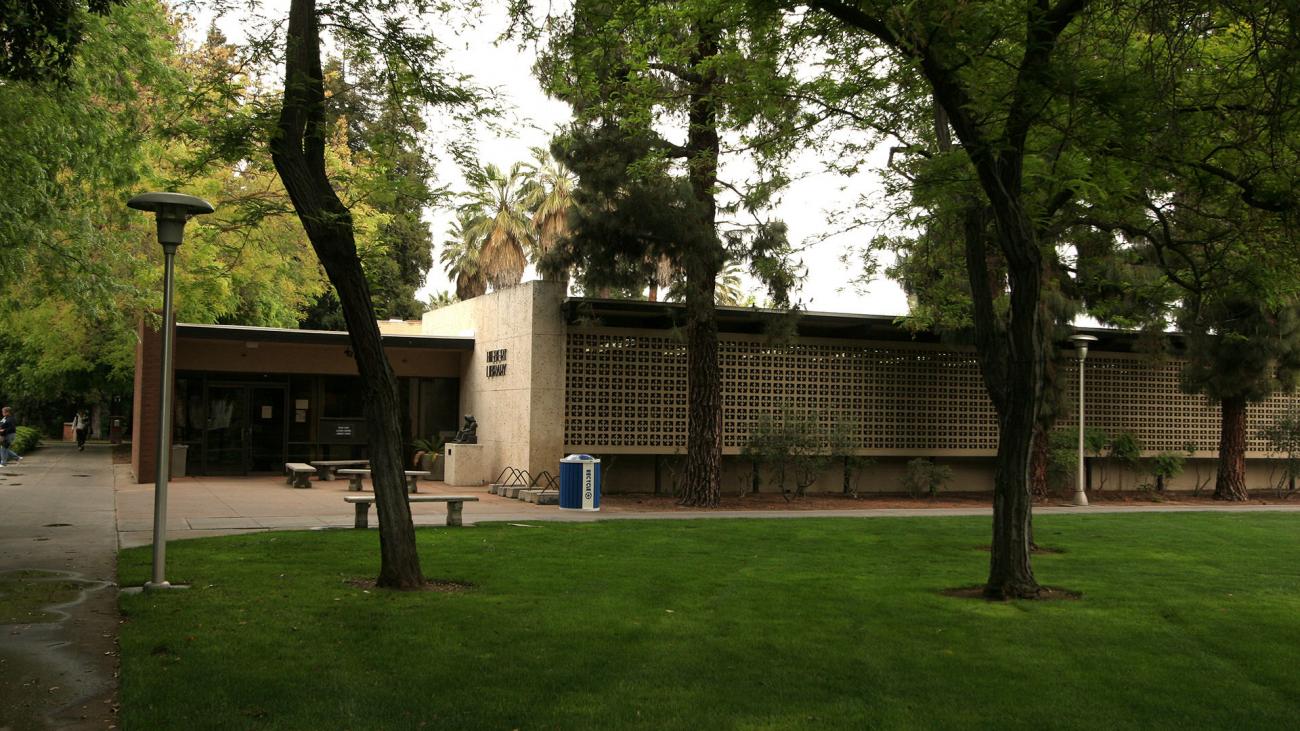
The library was originally completed in 1962 and enlarged in 1973 and 1980. The building is named for Cornelius Hiebert (1894-1965), the owner of a furniture manufacturing company in Los Angeles and later Fresno. Hiebert provided funding for the building and supervised its construction. His company manufactured many of the original furnishings, some of which are still in use.
Research and text by Kevin Enns-Rempel, University Archivist, 2010
Holman Park
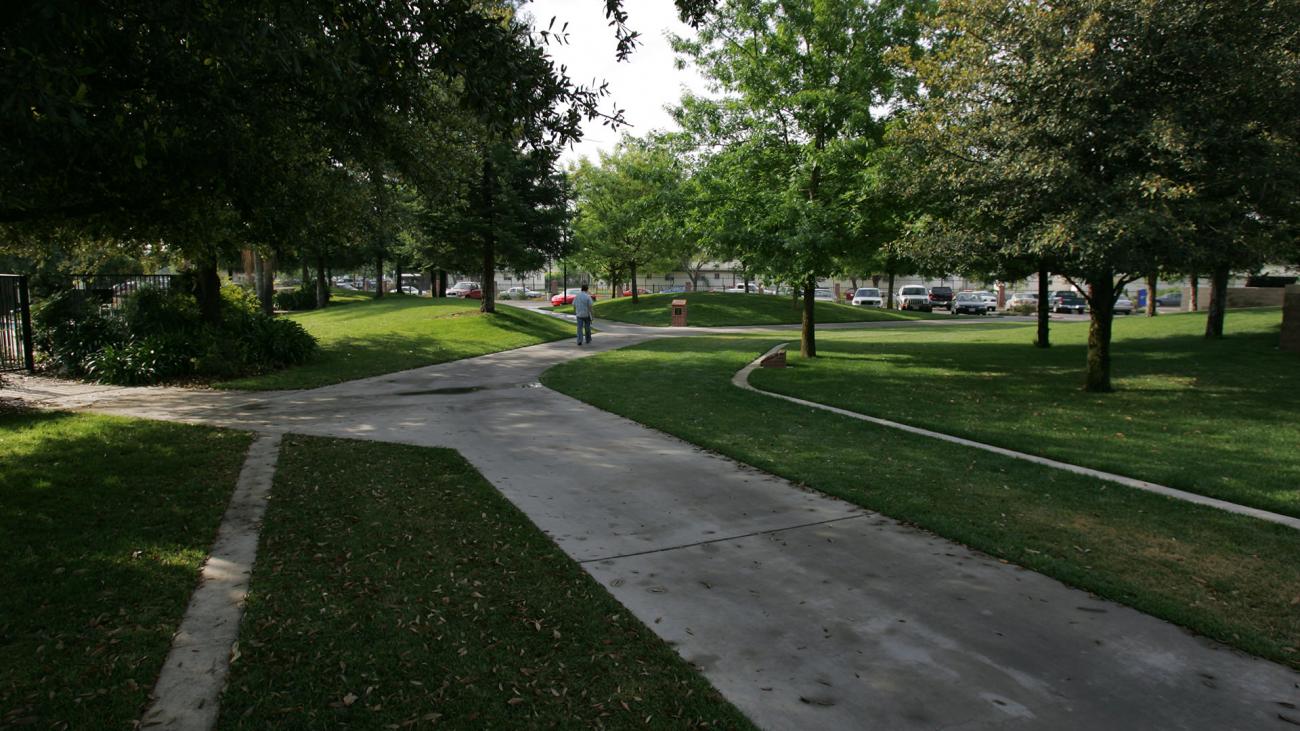
The park area adjacent to the swimming pool, completed in 1992, was provided by Dorothea Holman in memory of her husband Howard. Mr. Holman was for many years the director of parks for the City of Fresno.
Research and text by Kevin Enns-Rempel, University Archivist, 2010
Jost Hall
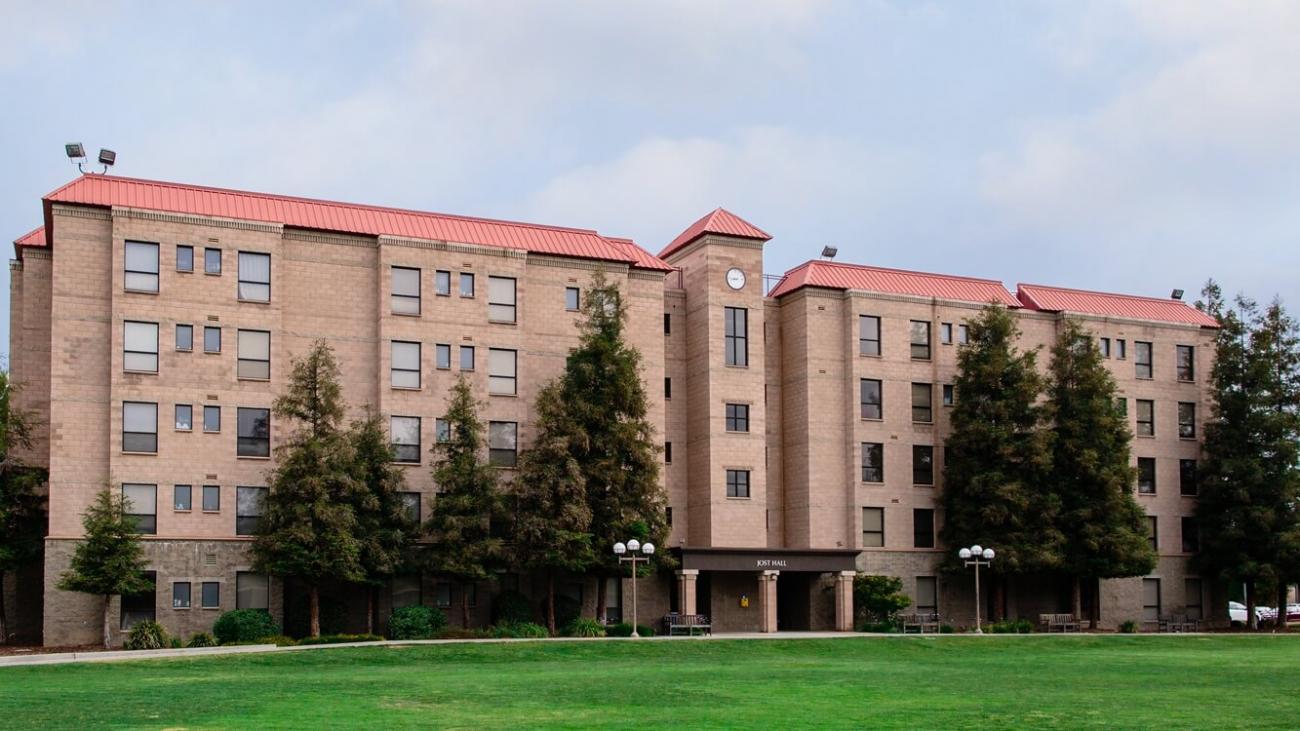
This building, originally known as East Hall and completed in 1998, includes student housing, offices and classrooms. It was renamed Jost Hall in 2017 in honor of the family of Chester & Clella Jost. Members of the Jost family have been generous supporters of FPU for many years, and Chester Jost was a former member of the Board of Trustees.
Research and text by Kevin Enns-Rempel, University Archivist, 2010
Larry Ecklund Memorial Garden
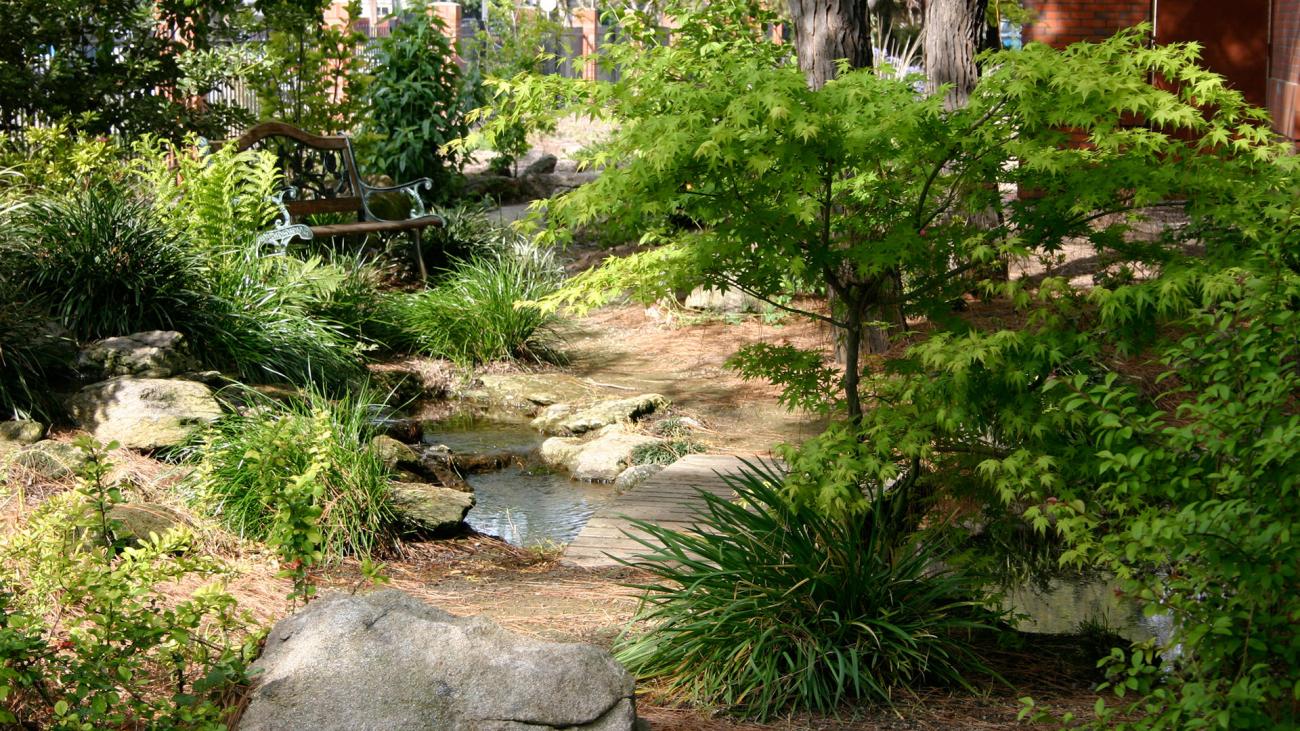
This garden, near the southeast corner of AIMS Hall, is named in honor of Larry Ecklund, who was a professor in the mathematics education program at FPU for many years.
Research and text by Kevin Enns-Rempel, University Archivist, 2010
McDonald Hall
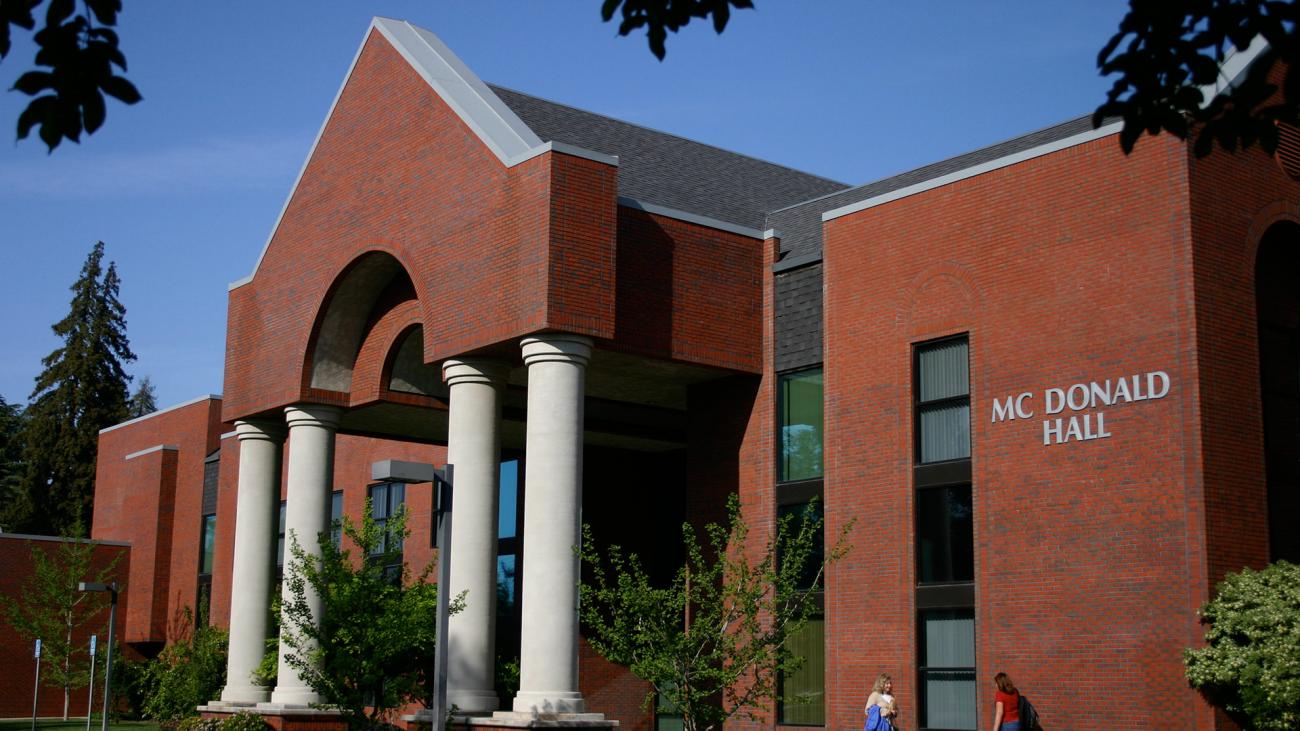
This building houses offices for administration, faculty and student services, as well as several classrooms. Completed in 1992, it is named for Art and Barbara McDonald. The McDonalds and their two children, John and Deborah, are alumni of the university. The McDonalds not only provided significant personal contributions to pay for this building's construction, but also chaired its fundraising committee.
Inside McDonald Hall is Ashley Auditorium, named in 1995 for Charles and JoAnn Ashley, in honor of their financial contribution to the university.
Research and text by Kevin Enns-Rempel, University Archivist, 2010
Marpeck Center
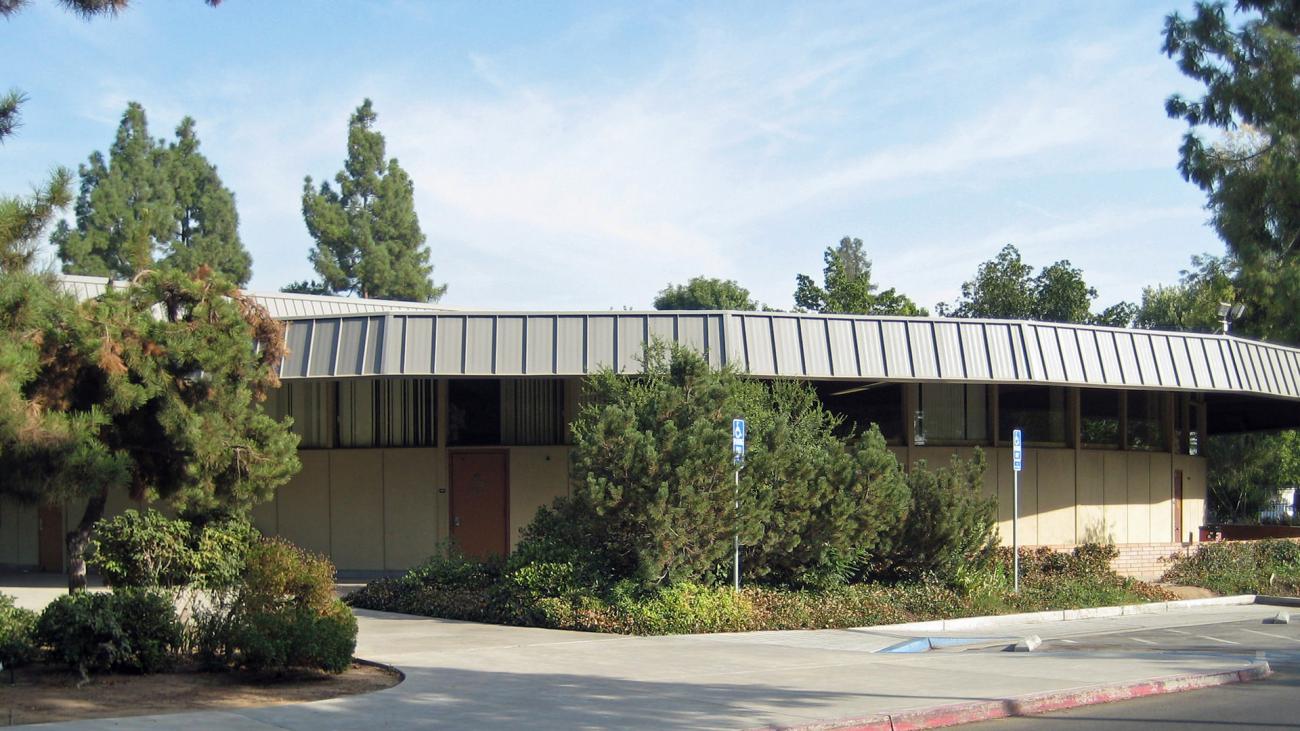
Known for several years after its completion in 1967 as the "Science Building," this classroom and faculty office building was renamed in 1973 for Pilgram Marpeck (ca. 1495-1556), one of the most significant leaders of the Anabaptist movement in Germany. Originally a civil engineer, Marpeck joined the Anabaptists in the late 1520s.
Research and text by Kevin Enns-Rempel, University Archivist, 2010
Memorial Prayer Chapel
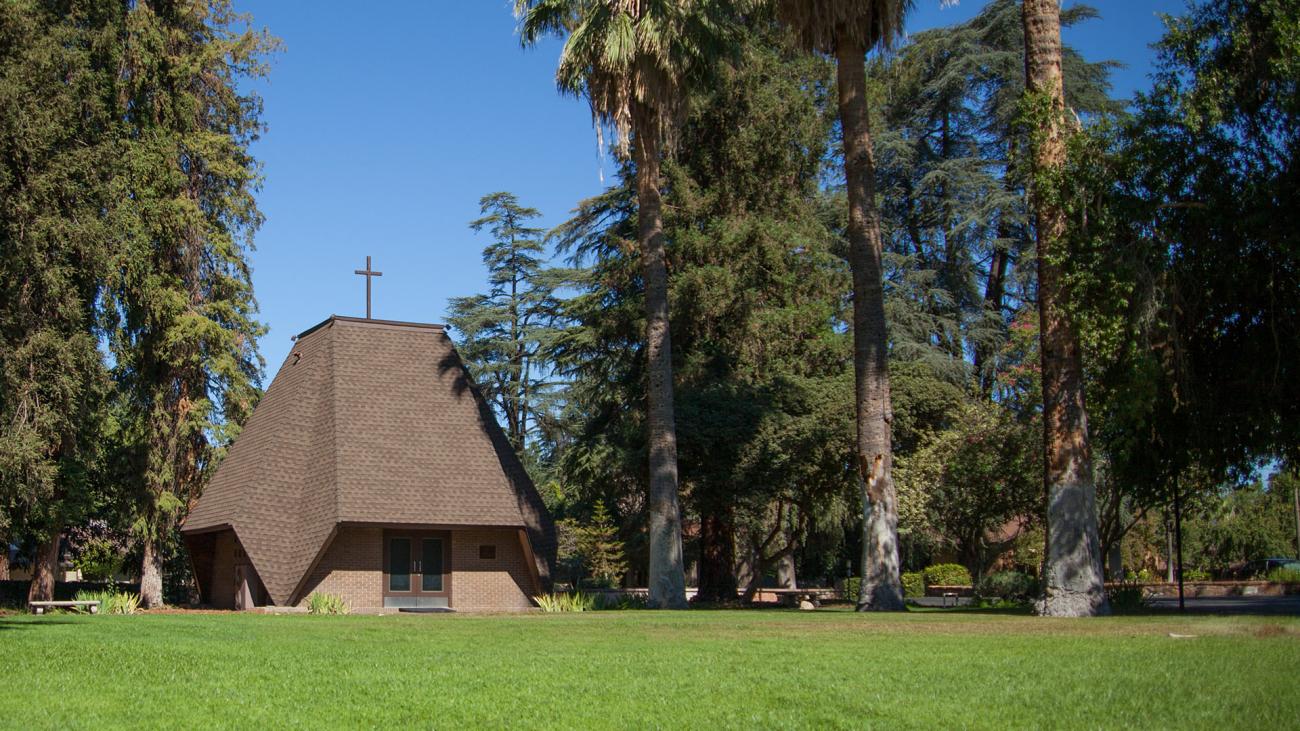
The prayer chapel, completed in 1966, was donated by Rev. Henry K. and Margaret Warkentin in memory of their son Herman Warkentin. Born in 1917, Herman Warkentin went to India as a Mennonite Brethren missionary in 1946. He died there in 1953.
Research and text by Kevin Enns-Rempel, University Archivist, 2010
North Hall
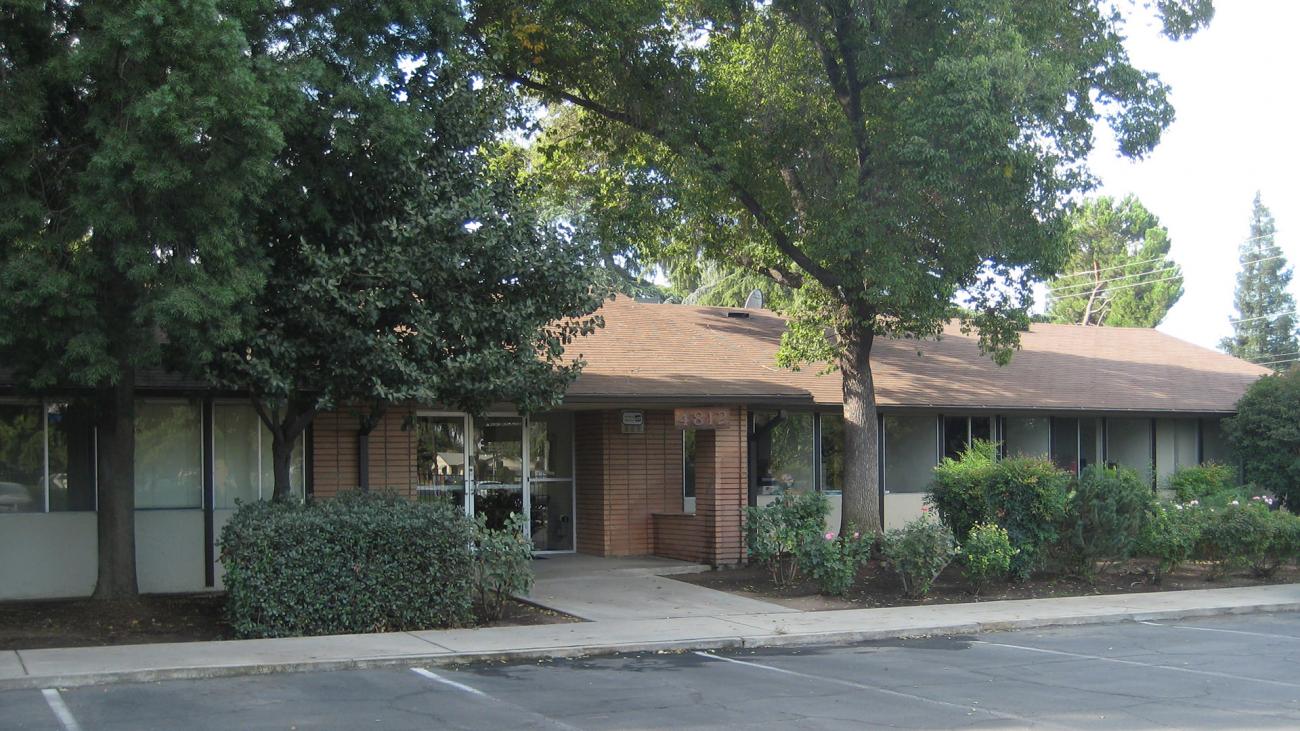
Completed in 1970 to provide additional space for the Mennonite Brethren Biblical Seminary and offices for various Mennonite Brethren Church agencies, this building was originally known as the "Seminary-Conference Building." In addition to conference offices for the United States and Pacific District Conference of Mennonite Brethren Churches, the original building also included a seminary chapel and classroom.
In 1982 a new wing was added to the south end of the building, containing several classrooms, a kitchen and dining area, and a basement lounge area. At that time the building's name was changed to the "Campus Center." The rooms in this building were named at that time for states and provinces (British Columbia, California, Manitoba, Oklahoma, Ontario) where major funds were raised for the project.
In 2010, when the seminary became part of Fresno Pacific University, the name of this building was changed to North Hall, to reflect its geographic location on campus.
Research and text by Kevin Enns-Rempel, University Archivist, 2010
PBI Court
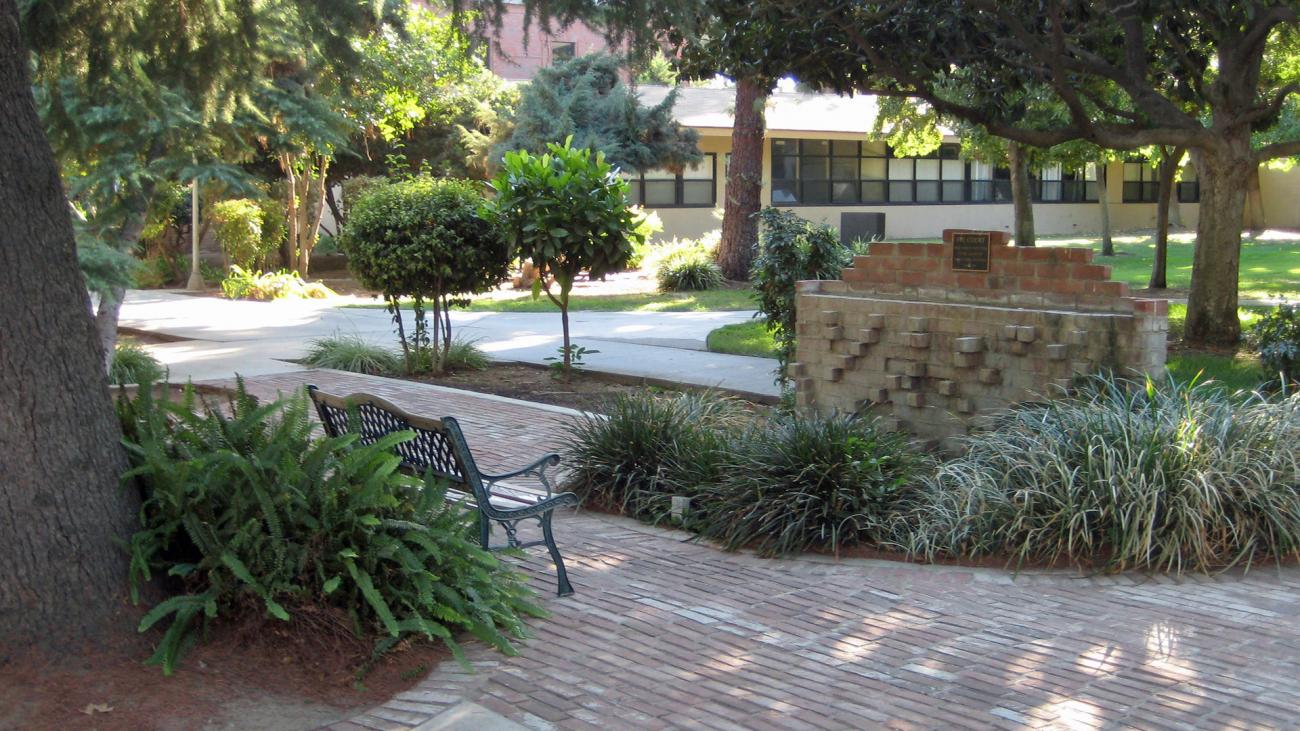
This fountain and courtyard, which is part of the central campus green, is dedicated to the alumni of Pacific Bible Institute, which was the name of the university from 1944 until 1960.
Research and text by Kevin Enns-Rempel, University Archivist, 2010
Sattler Hall
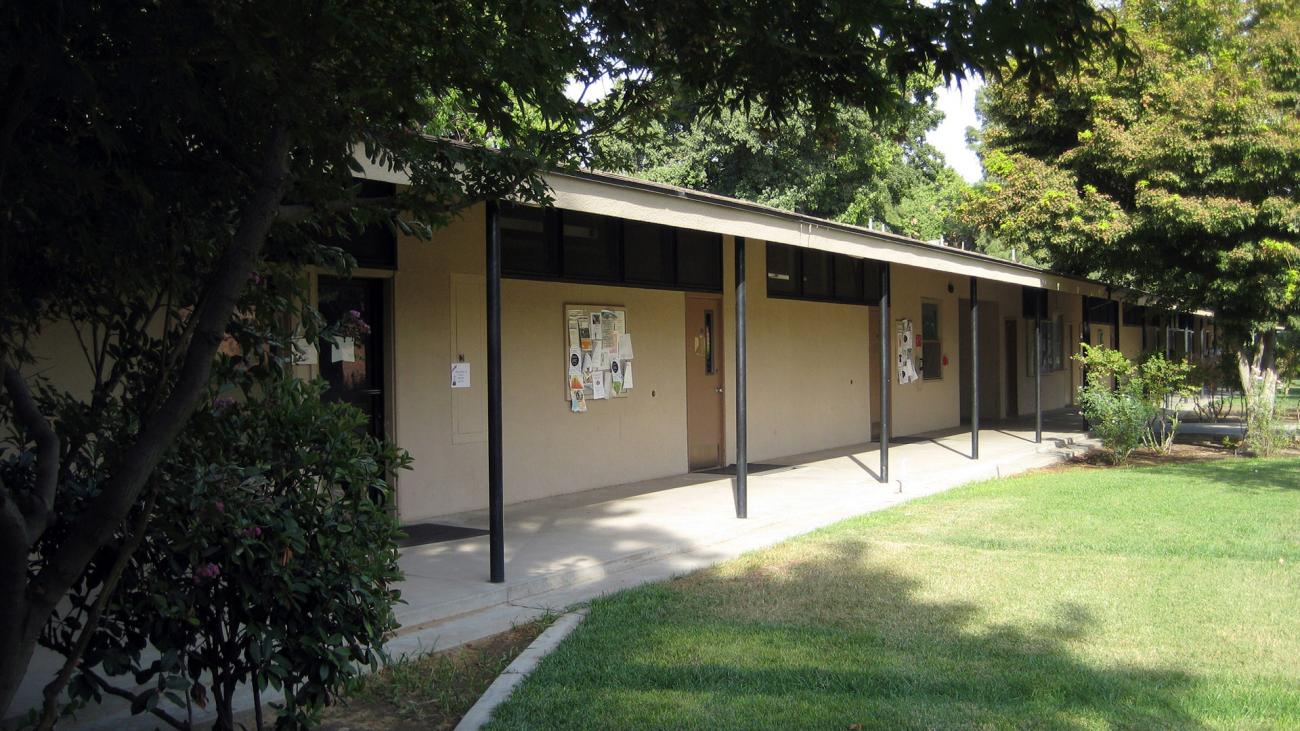
This was the first building constructed after moving the campus from downtown Fresno to Chestnut Avenue in 1959, and for many years it did not have a formal name. In 1973 it was named in honor of Michael Sattler (ca. 1490-1527), a leader of the Swiss Anabaptist movement. Sattler was the author of the 1527 Schleitheim Confession, the earliest confession of faith of the Swiss Anabaptists. He was martyred for his faith in 1527.
Research and text by Kevin Enns-Rempel, University Archivist, 2010
Seminary House
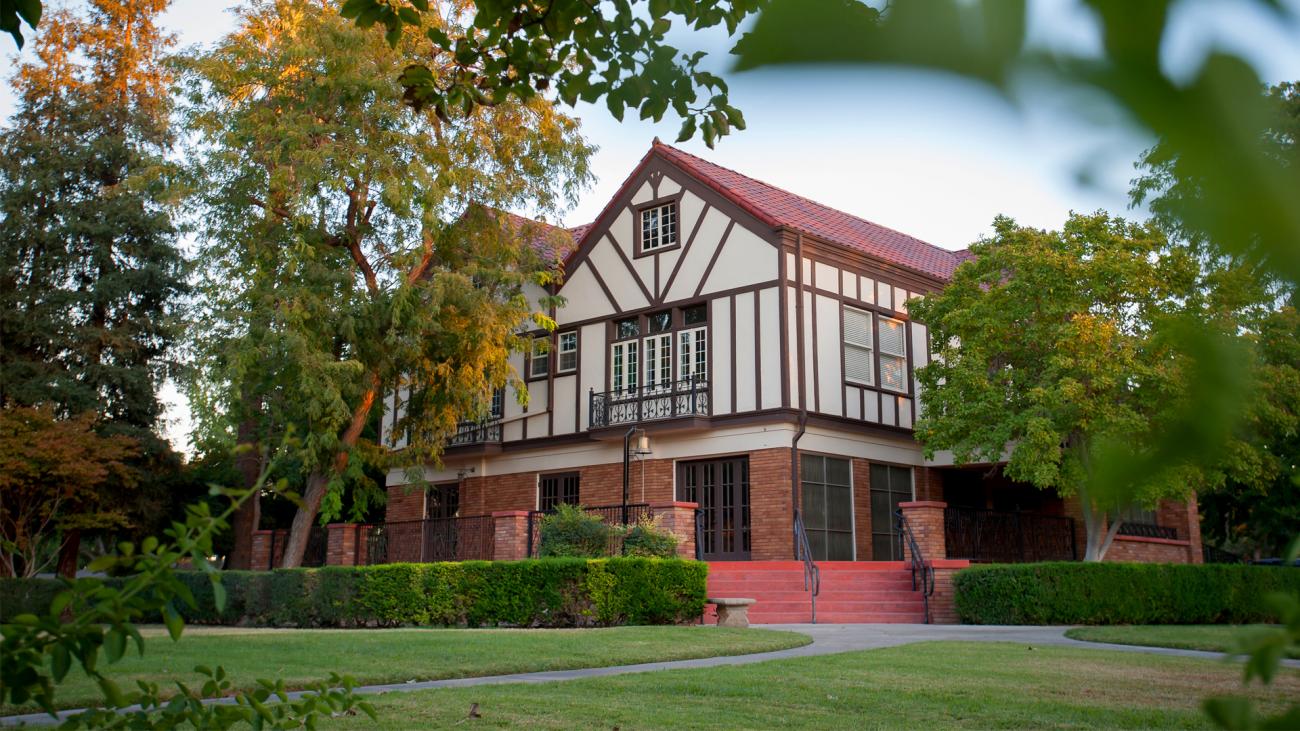
The oldest building on campus was completed in 1917 as a home for the family of Wylie M. Giffen. Giffen was a prominent agriculturist in the Central Valley during the early twentieth century, but lost the home in 1927 as the result of financial misfortunes. The home was owned by several other parties before the Mennonite Brethren Board of Education purchased it in 1955. In the fall of 1956 this building became the home of Mennonite Brethren Biblical Seminary. As other buildings were completed on the seminary campus, this structure became known as the "Administration Building." When the seminary became part of Fresno Pacific University in 2010, the name was changed to "Seminary House."
Research and text by Kevin Enns-Rempel, University Archivist, 2010
Special Events Center
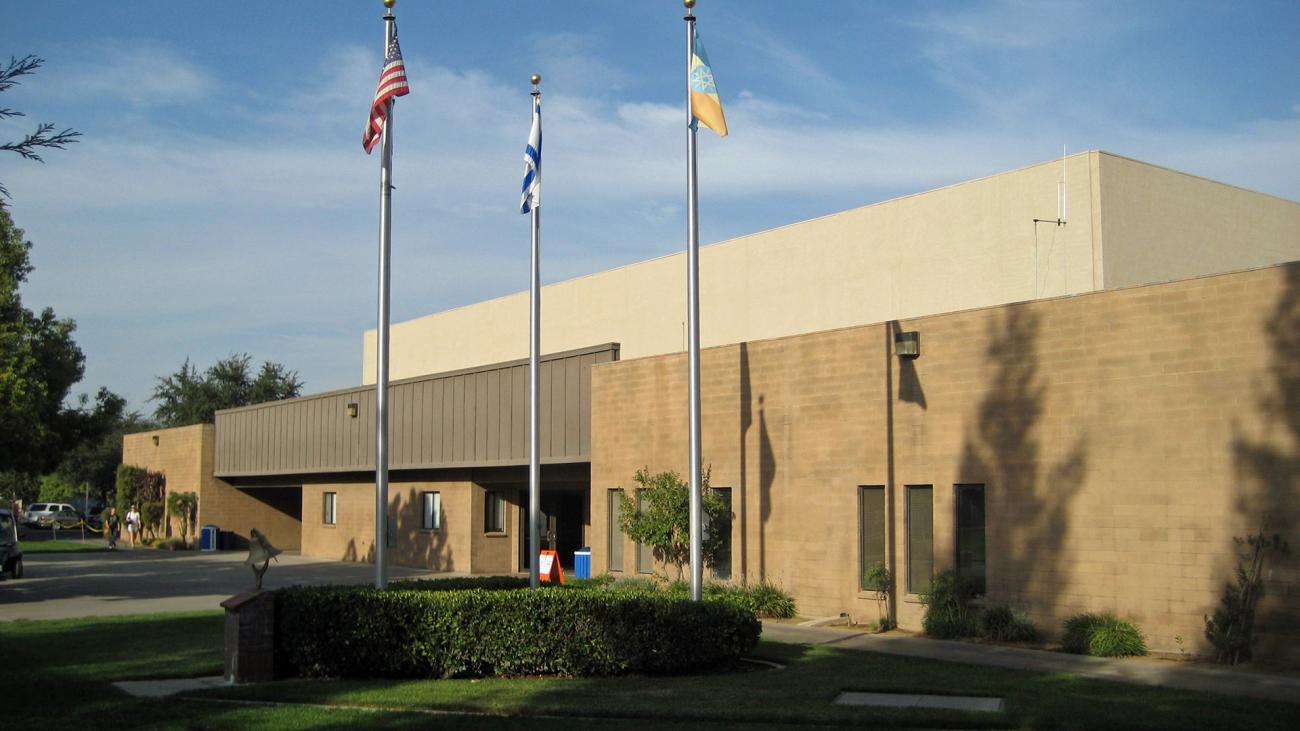
The Special Events Center (SEC) includes the gymnasium, the department of athletics, and classrooms. Its name is meant to indicate the wide variety of events conducted there, including athletics, concerts, ceremonies and auctions.
The Fitness Center was added to the north end of the SEC in 2013. The 3,200-square-foot space includes cardio equipment, elliptical machines and cycles as well as strength and exercise equipment. Amenities include music and TV entertainment.
Inside the SEC is the Moore Memorial Organ. The Wurlitzer theater pipe organ is named for Marguerite Moore of Porterville, California, who donated it to the university in 1981. The organ was built in the 1920s for the CBS Hollywood Studios, and provided music for many of its radio programs during that era. The organ was refurbished and installed in the SEC in 1986.
Research and text by Kevin Enns-Rempel, University Archivist, 2010
Steinert Athletic Complex
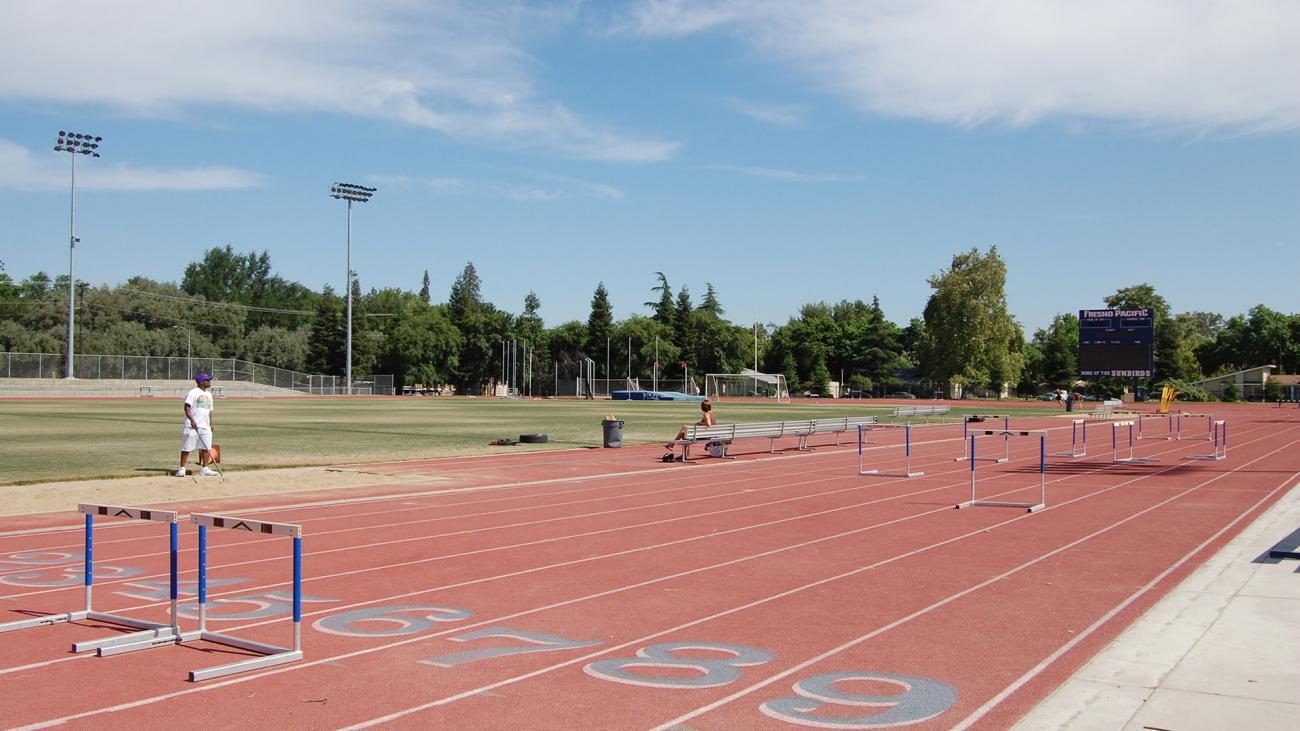
The university athletic complex is named for the family of Marvin and Nadene Steinert. Marvin Steinert was a trustee of the university from 1971 until 1981. In 1977 the Steinerts and their sons, Max, Randy, and Gary--all three of whom are alumni of Fresno Pacific University--donated money to purchase the land on which the complex is now located.
It includes the Ramirez Soccer Field (named for Soccer Coach Jaime Ramirez), the Harold and Betty Haak Tennis Complex (named for former FPU President Harold Haak and his wife Betty), a track, and a baseball stadium.
Research and text by Kevin Enns-Rempel, University Archivist, 2010
Steinert Campus Center
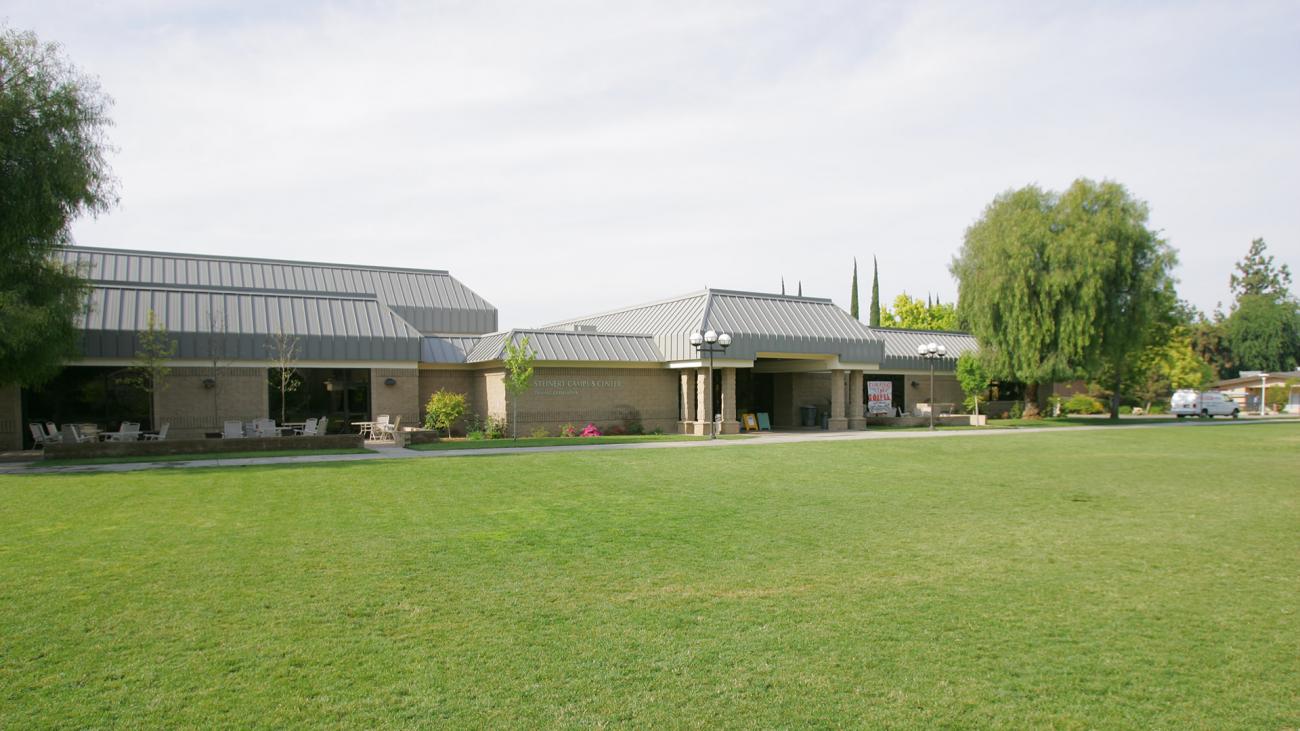
Like the Steinert Athletic Complex, this building is named for Marvin and Nadene Steinert. Completed in 2003, it houses food services and cafeteria facilities, student life offices, a student lounge and recreation facilities.
The campus center includes the Shehadey Dining Room. It is named for Larry Shehadey, owner of Producers Dairy and major contributor to the campus center construction project. The Pioneer Conference Room on the north side of the building is named for Pioneer College Caterers, Inc., which provides food services for the university. The Johanson Conference Room is named for Richard and Althea Johanson, who were major supporters of this building project.
Research and text by Kevin Enns-Rempel, University Archivist, 2010
Strasbourg Quad
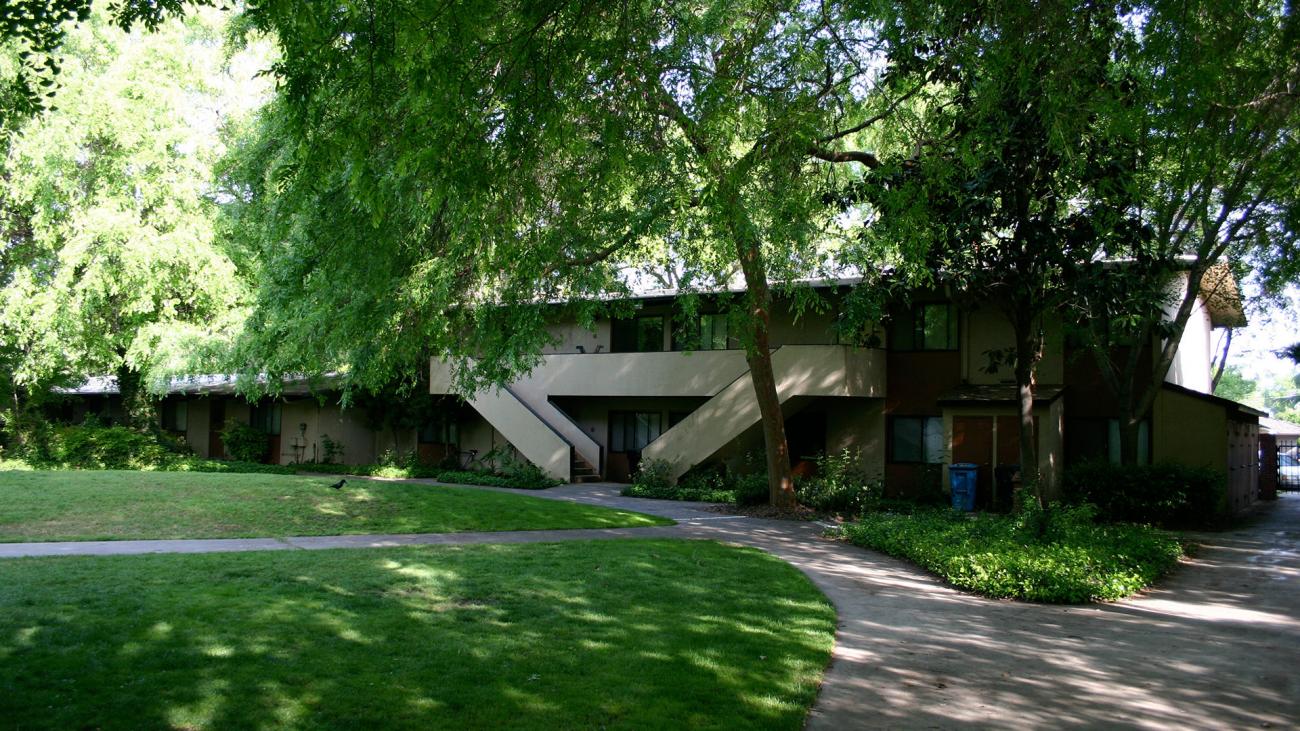
These buildings, which house dormitories and student government offices, were built in four phases from 1960 to 1971. In 1973 the quad was named after the French city of Strasbourg, which was a refuge during the 1520s for persecuted Anabaptists.
The south wing of the quad was named in 1990 for Arthur and Lydia Krause of Reedley, California, and the north wing in 1994 for Marvin and Loree Schlichting, then of San Jose, California, in honor of both families' support for the university.
Warkentine Culture and Arts Center
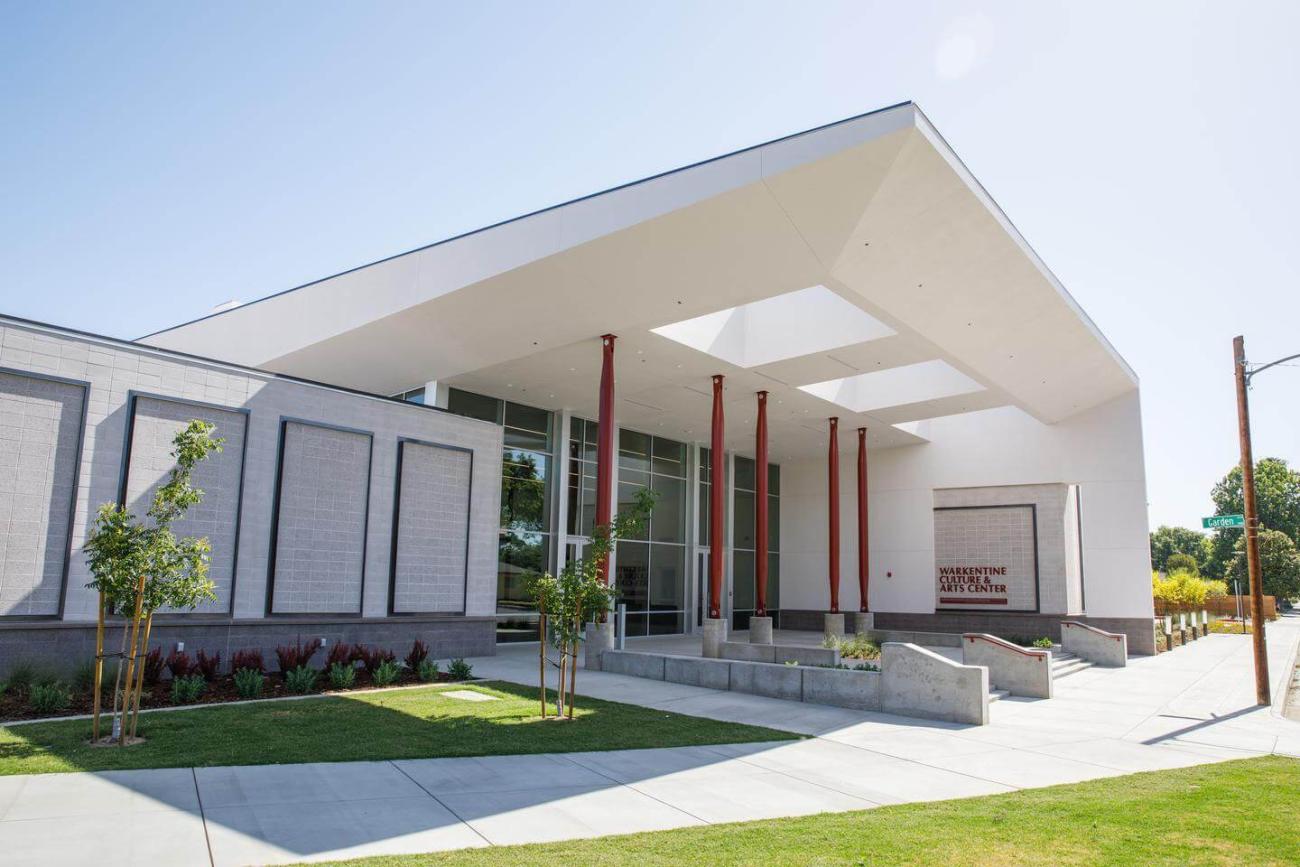
The Warkentine Culture and Arts Center was completed in 2022. It includes space for musical performances, dramatic productions, art exhibits, and other public events. It is named for Alvin and Dotty Warkentine, who were the major funders of the building.
Research and text by Kevin Enns-Rempel, University Archivist, 2010
Wiebe Education Center
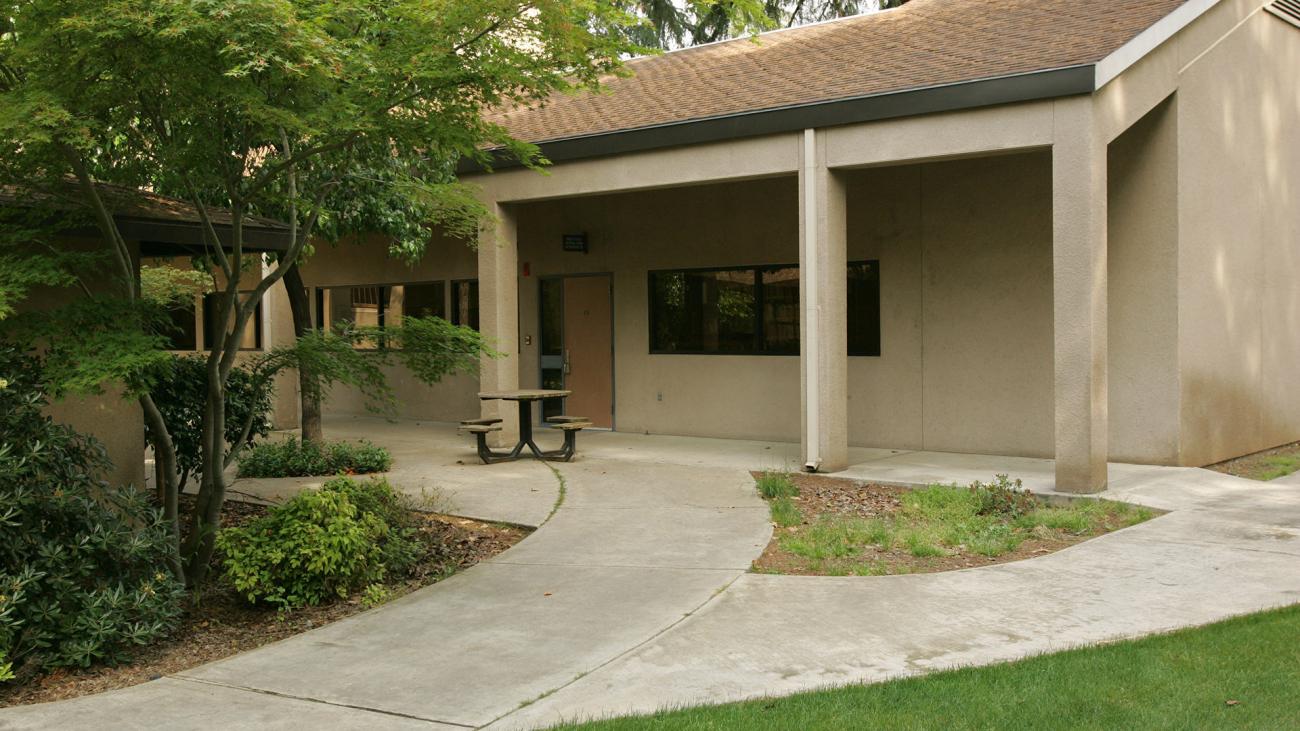
The Wiebe Education Center, completed in 1990 and expanded in 1993, is named for Arthur J. Wiebe. Wiebe has served the university as president (1960-1975), professor of mathematics education and president of the AIMS Education Foundation, which provided most of the funding for the building.
Research and text by Kevin Enns-Rempel, University Archivist, 2010
Witmarsum Quad
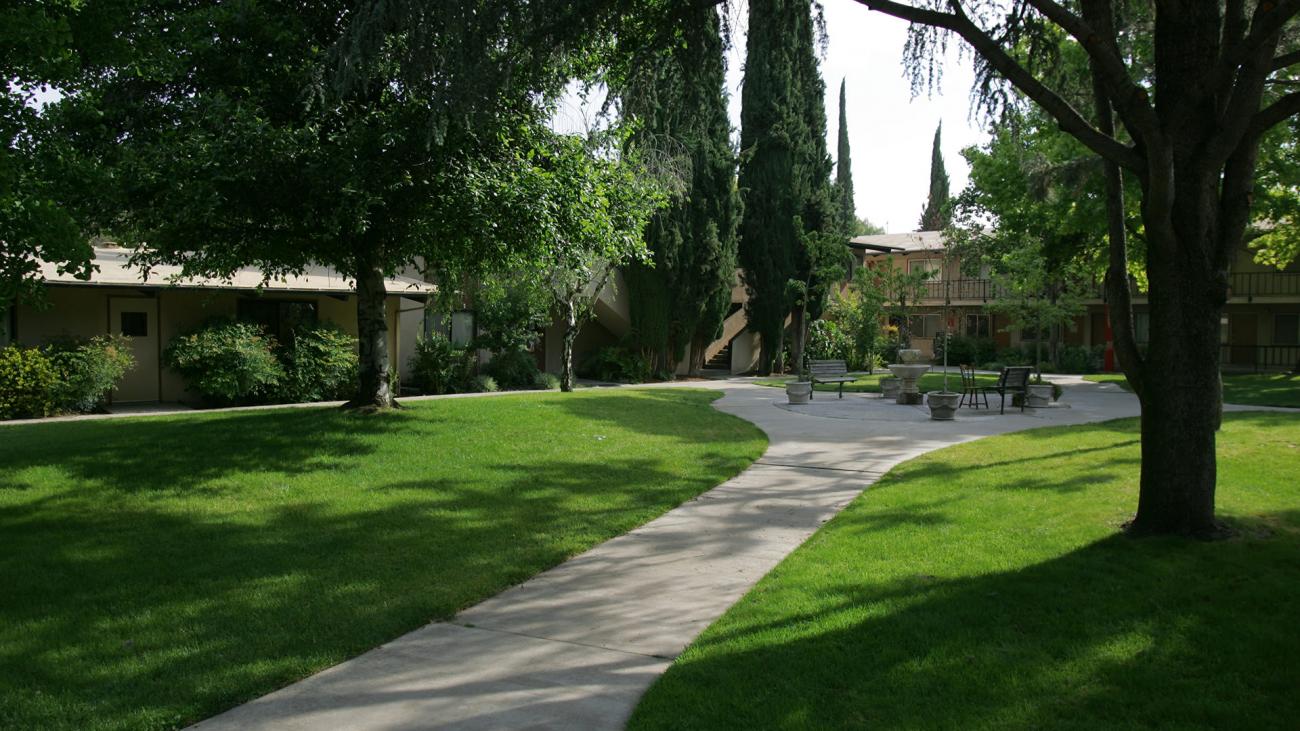
The buildings in this quad, which house dormitories, classrooms, apartments, offices and the campus computer center, were constructed in four phases from 1960 to 1968. The quad was named in 1973 for the Dutch village of Witmarsum, the birthplace of Menno Simons (ca. 1496-1561). Menno played an important leadership role in the Anabaptist movement after he joined it in 1536, and it is from him that the Mennonites take their name.
Two wings of the quad were named in 1989 for long-time supporters of the university: Alvin and Dotty Warkentine of Clovis, California, and Ben W. and Anna Marie Nachtigall of Reedley, California. Al Warkentine was a trustee of the university from 1971 until 1981. The east wing of the quad was named Kriegbaum Hall in 1997, in honor of former university president Richard Kriegbaum.
Research and text by Kevin Enns-Rempel, University Archivist, 2010
